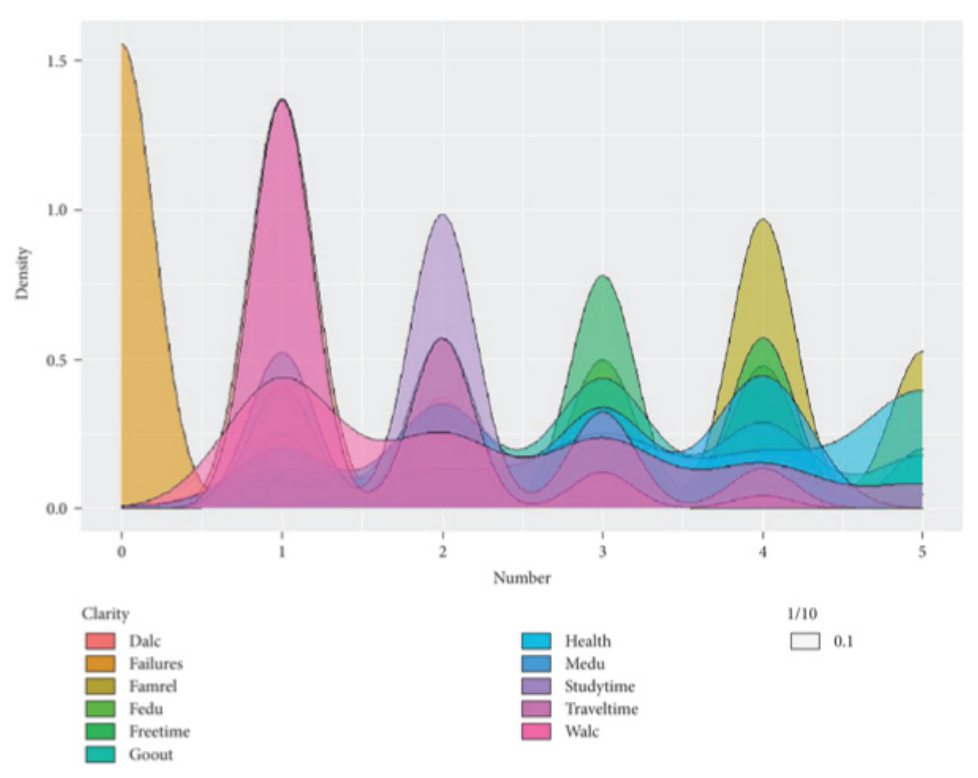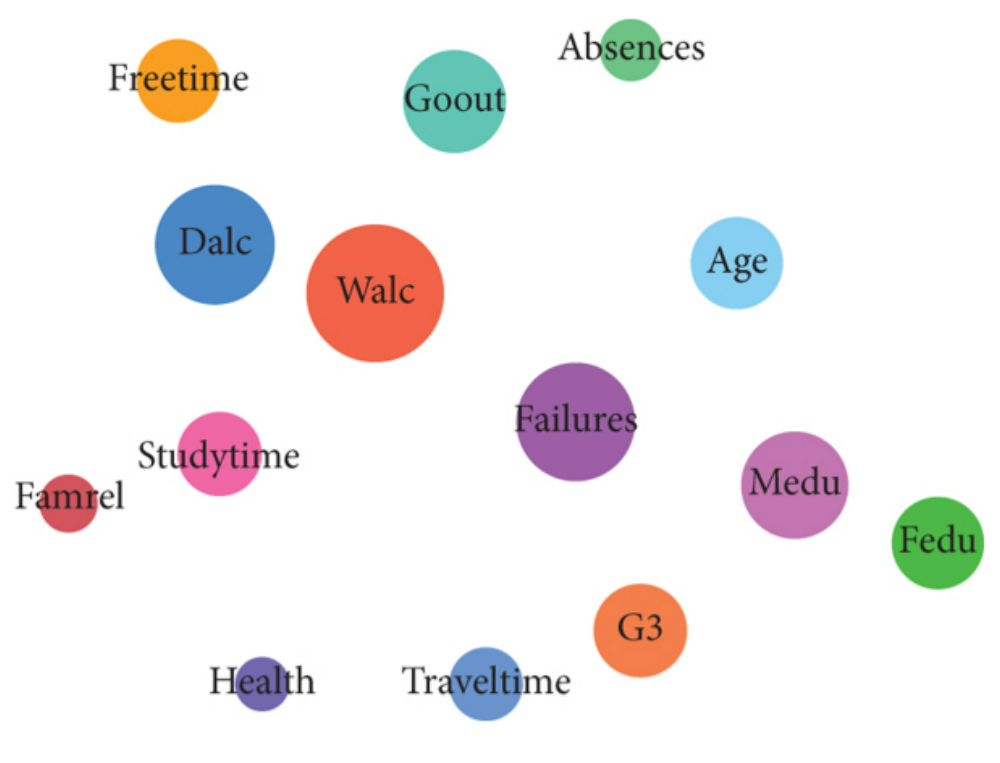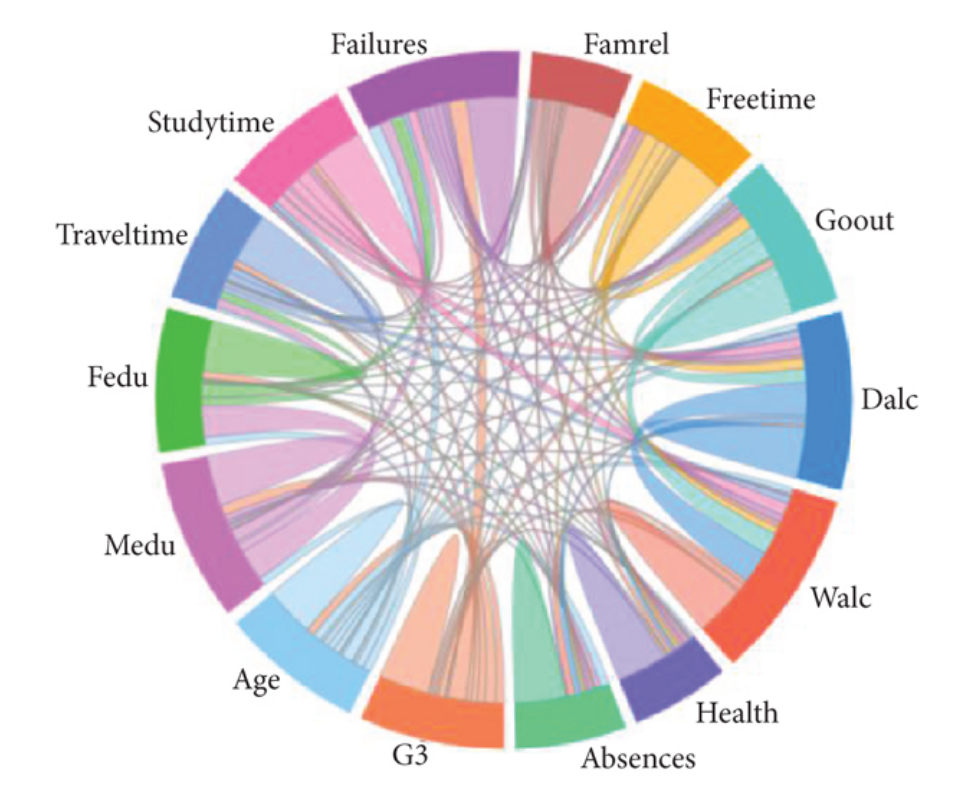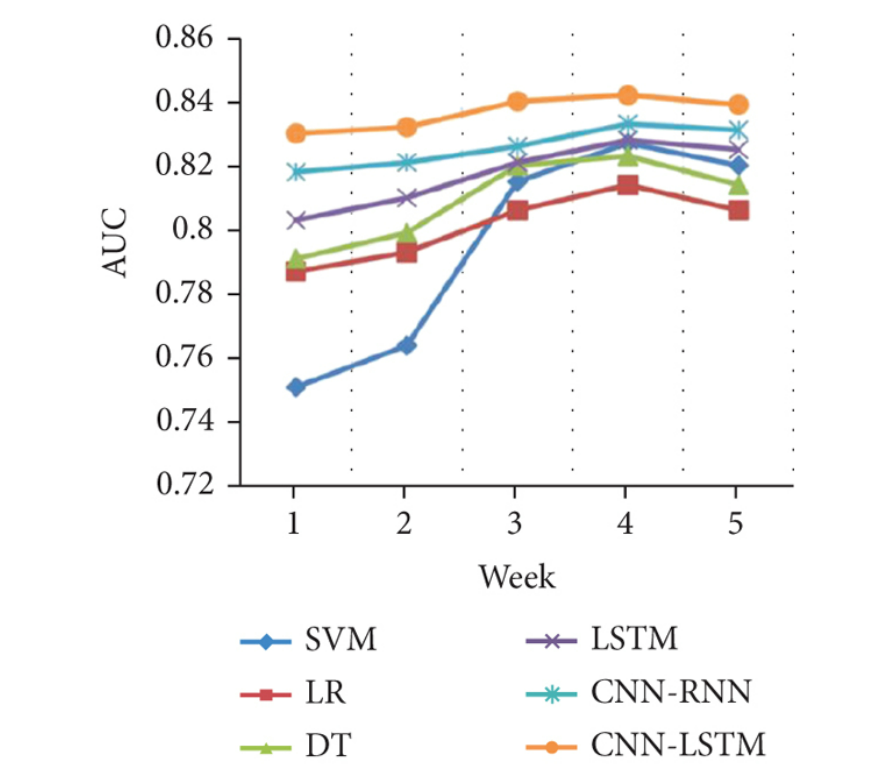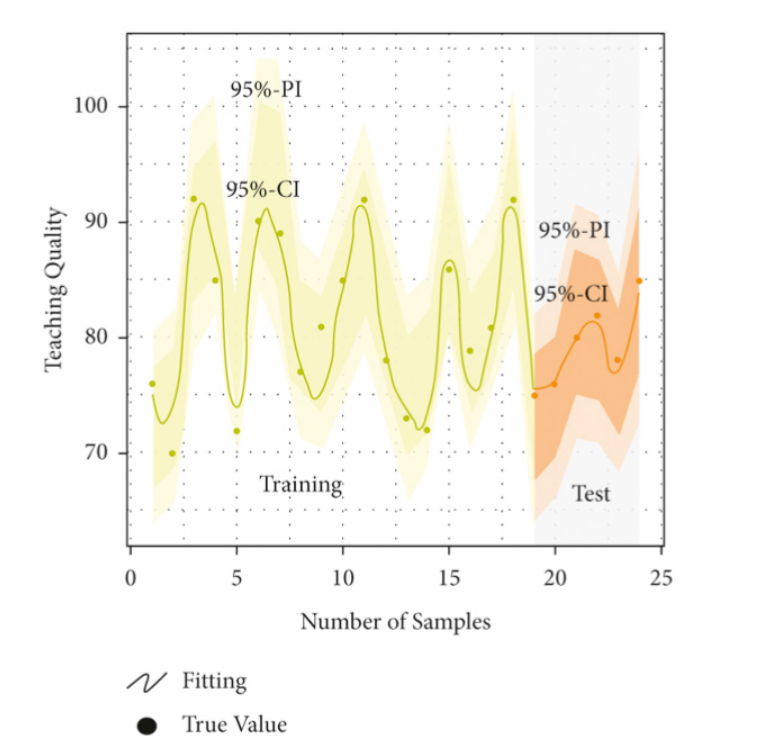 An open access journal
An open access journal
Exploring Creativity in Arts Education: Nurturing Imagination, Innovation, and Expression
Abstract
This paper delves into the multifaceted concept of creativity within the realm of arts education, aiming to understand its dimensions, processes, and implications for teaching and learning. Drawing on a synthesis of literature from psychology, education, and the arts, the paper explores the nature of creativity, including its cognitive, affective, and socio-cultural dimensions. It examines theories of creativity, such as the systems model and the componential model, and discusses factors that influence creative development, such as domain-specific knowledge, motivation, and environmental supports. The paper highlights the role of arts education in nurturing creativity by providing opportunities for imaginative exploration, experimentation, and expression. It discusses pedagogical approaches and instructional strategies that foster creative thinking skills, such as divergent thinking, fluency, flexibility, and originality. Through case studies and examples, the paper showcases innovative practices in arts education that prioritize creativity, including project-based learning, arts-infused curriculum, and interdisciplinary collaborations. Additionally, the paper addresses challenges such as standardized testing, curriculum constraints, and the need for teacher professional development in promoting creativity in the arts. It concludes by advocating for a holistic approach to arts education that values and cultivates creativity as an essential component of human expression and cultural vitality.
Share and Cite
Article Metrics
References
- Beghetto, R. A., & Kaufman, J. C. (Eds.). (2014). Nurturing Creativity in the Classroom. Cambridge University Press.
- Craft, A. (2001). Little c Creativity. In Craft, A., Jeffrey, B., & Leibling, M. (Eds.), Creativity in Education (pp. 45-61). Continuum.
- Csikszentmihalyi, M. (1996). Creativity: Flow and the Psychology of Discovery and Invention. Harper Collins.
- Guilford, J. P. (1950). Creativity. American Psychologist, 5(9), 444-454.
- Sawyer, R. K. (2011). Explaining Creativity: The Science of Human Innovation. Oxford University Press.
- Sternberg, R. J., & Lubart, T. I. (1999). The Concept of Creativity: Prospects and Paradigms. In Sternberg, R. J. (Ed.), Handbook of Creativity (pp. 3-15). Cambridge University Press.
- Wagner, T., & Sternberg, R. J. (Eds.). (1986). Practical Intelligence: Nature and Origins of Competence in the Everyday World. Cambridge University Press.

